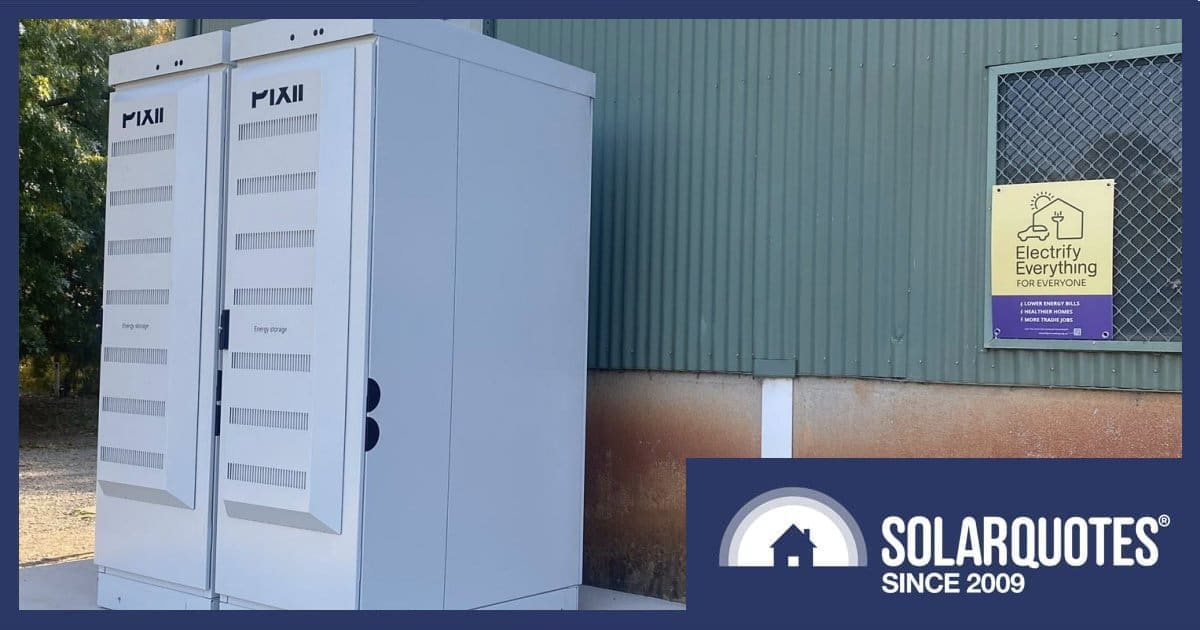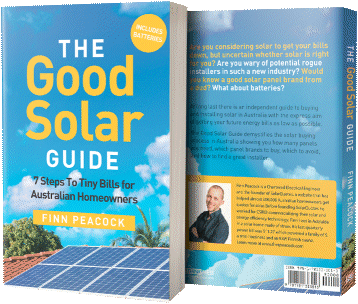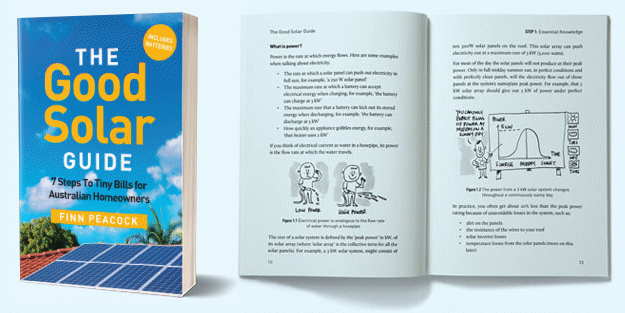
The application period for Round 3 of Victoria’s 100 Neighbourhood Batteries program (100NB) is about to kick off, with priority to be given to local government areas that have missed out so far.
Not everyone can afford a residential energy storage system, even with the recently launched national home battery rebate; and some folks simply won’t want them. But all households, whether they have installed solar panels or not, can still benefit from neighbourhood or community batteries1, in their areas.
Launched in August 2023, Victoria’s $42.2 million 100 Neighbourhood Batteries program has been funding storage systems that will soak up cheap renewable energy such as surplus from local home solar power systems, dispatching the stored electricity when it is needed most.
Network And Community Benefits
In the third round, eligible projects involving batteries from 20kW/40kWh to 5MW/20MWh can apply. Up to a $400,000 grant is available per battery and while co-funding is ‘strongly encouraged’, it’s not mandatory. As with previous rounds, there are three streams:
- Delivering network and community benefits.
- Delivering community benefits.
- Delivering energy resilience.
Network benefits are considered voltage management, mitigating minimum/peak demand, improving network reliability and resilience (the latter in a backup system scenario), and reducing the cost of network upgrades. Community benefits include decreased power bills for homeowners, renters, low income and vulnerable households, non-profits, community groups and sporting clubs.
Energy resilience can be in the form of batteries installed at public buildings where residents can access services. While not permitted in the first two 100NB streams, projects involving the installation of solar panels may be delivered alongside the installation of a neighbourhood battery in the energy resilience stream, but the solar aspect must be separately funded.
—-
Update 15 July, 2025: A representative of the Victorian Government contacted us and said:
“… the up to $400,000 grant funding for stream 3 back-up systems can be used to purchase and install solar PV. Each energy back-up system must include a neighbourhood battery but funding can also be used to install any or all of the following as well: solar photovoltaics (PV), generator and management systems.”
—-
“We’re helping organisations cut energy costs with battery technology – helping communities save their money, giving them more control, and driving the shift to cleaner, more efficient power,” said Victorian Minister for Energy and Resources Lily D’Ambrosio.
NB100 Progress
To date, the program has funded 90 neighbourhood batteries across the state. An example is Totally Renewable Yackandandah’s ‘Yack02‘ 60kW/200kWh Pixii Powershaper project (pictured above) at the local sports stadium. Along with a 65kW solar installation, the batteries will support activities at the site and can provide backup in times of a power outage; giving residents a place to go to access basic services and information.
Another recipient, Housing Choices Australia, received funding for six neighbourhood batteries across six different housing sites that are expected to reduce tenants’ electricity bills by $200 a year. As well as reducing pressure on the local electricity grid during peak demand, the installations will provide up to five hours of backup power for essential services.
The Salvos were also beneficiaries from Round 2, with twenty-two Salvation Army sites – including foodbanks, refuges and emergency accommodation – to benefit.
Round 3 Focus
While past applicants can apply for Round 3 of the 100NB Program, this time around Local Government Areas (LGAs) that did not receive funding under Round 1 or 2 will be given priority. These LGAs include Campaspe, Casey, Macedon Ranges, Maribyrnong, Moira, Moonee Valley, Wellington, Whittlesea and Wyndham LGAs.
To apply for funding, an applicant must be either a:
- public entity,
- private sector business or agency,
- educational institution,
- local government authority,
- co-operative, or,
- a non-profit organisation.
Applications for round 3 open tomorrow and close on 15 September 2025, with applicants notified in February 2026. Projects funded in this round must be completed by August 2027. It appears round 3 will be the final one, with no plans for additional funding beyond this.
Further information is available here.
NB100 installations count towards Victoria’s legislated energy storage targets of at least 2.6 GW of capacity by 2030 and at least 6.3 GW by 2035.
Footnotes
- The terms ‘neighbourhood’ and ‘community’ tend to be used interchangeably in relation to batteries. But boffins at the ANU Battery Storage and Grid Integration Program consider them different. ↩

 RSS - Posts
RSS - Posts



Speak Your Mind